10 Italian Spices That Will Make Your Dishes Sing Like an Opera Star 🎶
Table of Contents
- Introduction
- Top 10 Italian Spices You Should Know
- Cooking Tips for Using Italian Spices
- Buying Guide: How to Choose the Best Italian Spices
- Conclusion
Introduction
Italian cuisine is beloved around the world—not just for its pasta and pizza but also for its vibrant use of herbs and spices. The magic behind those rich sauces, hearty soups, and rustic breads often lies in a handful of humble ingredients: Italian spices.
In this article, we’ll explore the top Italian spices every home cook should have on their shelf. Whether you’re an amateur chef or a seasoned foodie, this guide will help you elevate your meals with authentic Italian flavor profiles.
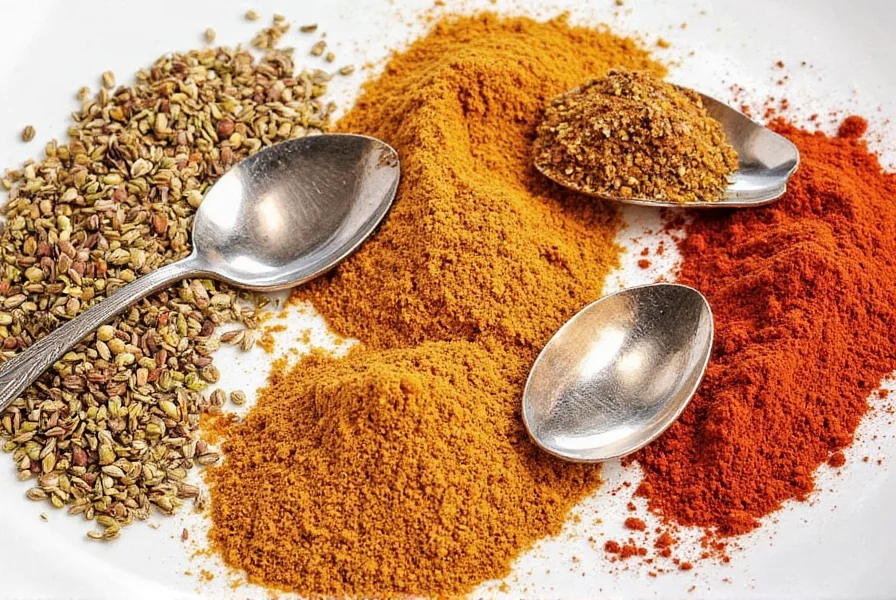
Top 10 Italian Spices You Should Know
Let’s dive into the aromatic world of Italian cooking. Here are 10 essential spices that define Italian flavor and how to use them:
- Basil – Fresh or dried, it brings a sweet, peppery note perfect for pesto and tomato sauces.
- Oregano – Earthy and slightly bitter, oregano adds depth to pizzas and grilled meats.
- Rosemary – Woody and fragrant, it pairs beautifully with roasted potatoes and lamb.
- Thyme – Delicate yet complex, thyme works wonders in stews and braises.
- Fennel Seeds – Sweet and licorice-like, commonly used in sausage and bread making.
- Saffron – A luxurious spice with floral notes, key in dishes like risotto alla Milanese.
- Parsley – Freshens up sauces and garnishes; flat-leaf is preferred in Italian kitchens.
- Marjoram – Similar to oregano but milder, great in meatballs and stuffings.
- Cumin – While not traditionally Italian, it’s used in southern regions for warm, earthy flavors.
- Red Pepper Flakes – Adds heat to sauces, especially popular in Calabrian dishes.
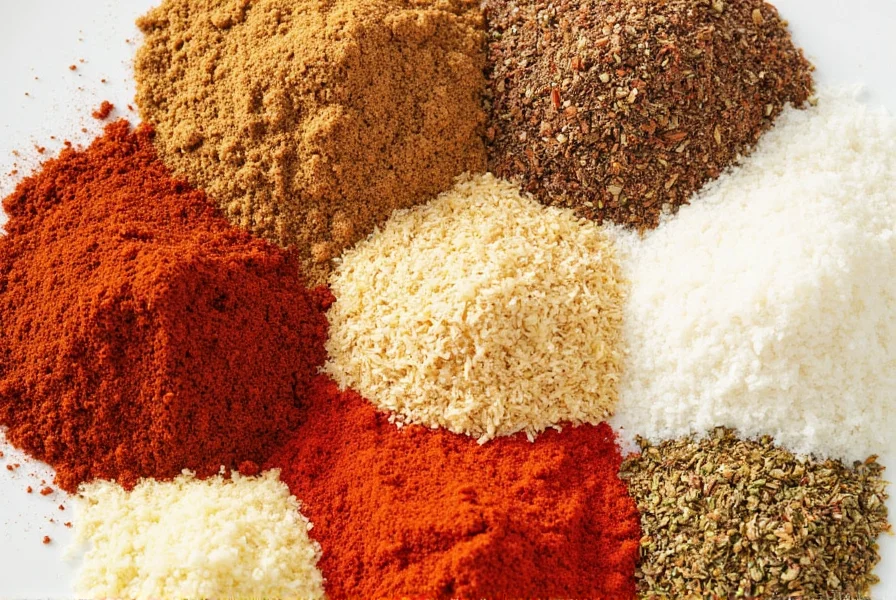
Comparison Table: Italian Spice Profiles
| Spice | Flavor Profile | Best Used In | Substitutes |
|---|---|---|---|
| Basil | Sweet, fresh, peppery | Pesto, pasta sauces | Dried oregano (mildly) |
| Oregano | Earthy, pungent | Pizza, marinara, grilled meat | Thyme or marjoram |
| Rosemary | Piney, woody | Roasted meats, potatoes | Thyme |
| Thyme | Earthy, minty | Stews, braises | Rosemary or savory |
| Fennel Seeds | Licorice-like, sweet | Italian sausage, focaccia | Anise seeds |
| Saffron | Floral, honeyed | Risotto, seafood dishes | Paprika + turmeric (for color only) |
| Parsley | Grassy, bright | Garnish, sauces | Cilantro (not traditional Italian) |
| Marjoram | Mellow, citrusy | Meatballs, stuffing | Oregano |
| Cumin | Earthy, nutty | Calabrian chili oil, stews | Coriander |
| Red Pepper Flakes | Spicy, sharp | Pasta aglio e olio, chili oil | Cayenne powder |

Cooking Tips for Using Italian Spices
- Use fresh when possible: Fresh herbs like basil and parsley add a brighter flavor than their dried counterparts.
- Toast seeds for more flavor: Fennel seeds or cumin should be lightly toasted before grinding to unlock their aroma.
- Add at the right time: Most dried herbs can be added early in cooking, while fresh ones should go in near the end to preserve flavor.
- Don’t skip salt: Salt enhances the flavor of all spices, so never underestimate its role in balancing the dish.
- Layer your spices: Combine rosemary with garlic or red pepper flakes with olive oil to build complex flavors.

Buying Guide: How to Choose the Best Italian Spices
When shopping for Italian spices, quality matters. Here's what to look for when selecting the best products for your pantry:
What to Look For:
- Fragrance: Fresh spices should have a strong aroma. If they smell bland, they’ve likely lost potency.
- Color: Vibrant hues indicate freshness. Saffron should be deep red-orange, paprika a bright crimson.
- Packaging: Store spices in dark glass bottles or tins to protect from light and moisture.
- Brand reputation: Choose trusted brands known for sourcing high-quality ingredients globally.
Recommended Italian Spice Brands
| Brand | Key Features | Best For | Occasions |
|---|---|---|---|
| La Flor | Premium saffron threads hand-harvested in Spain | Risottos, seafood dishes | Special dinners, gourmet gifts |
| Simply Organic | Certified organic, fair-trade spices | Everyday Italian cooking | Weeknight meals, family dinners |
| McCrormick Gourmet | High-potency blends and individual spices | Herb mixes for pastas and pizzas | Cooking classes, meal prep |
| Penzeys Spices | Bulk options, bold flavors, no artificial additives | Authentic regional Italian blends | Entertaining, gift baskets |
Tips for Storing Italian Spices
- Keep spices in a cool, dry place away from heat sources.
- Label containers with dates to track freshness (most spices last 6–12 months).
- Use whole spices when possible—they retain flavor longer than ground versions.
- Store herbs separately from spices to avoid cross-contamination of flavors.
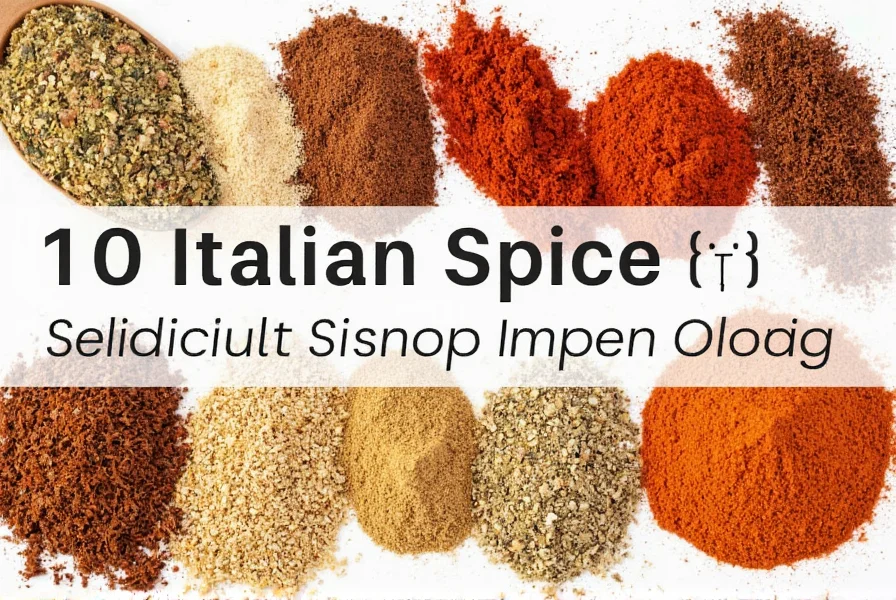
Conclusion
Italian spices are more than just flavor enhancers—they’re the soul of one of the world’s most celebrated cuisines. From the simplicity of dried oregano on a Margherita pizza to the luxury of saffron in a creamy risotto, these spices bring joy and authenticity to your table.
So whether you're simmering a Sunday gravy or whipping up a quick caprese salad, don't skimp on the spices. Let your pantry sing with the spirit of Italy—and let your taste buds dance like they're in Tuscany.
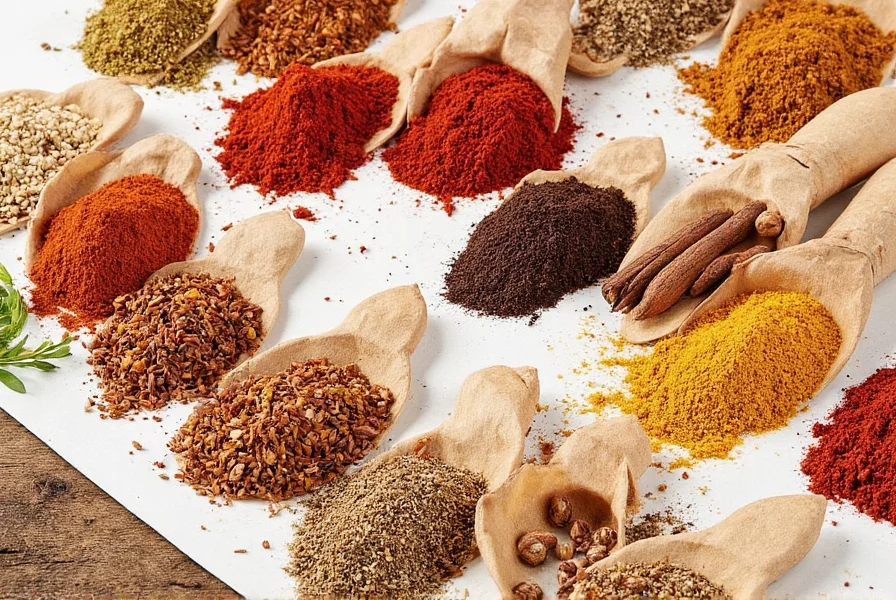

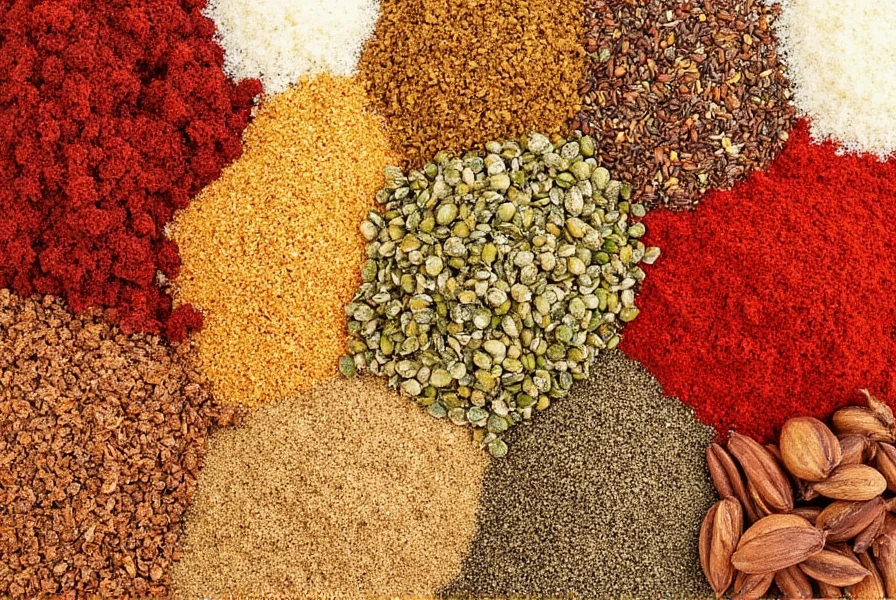









 浙公网安备
33010002000092号
浙公网安备
33010002000092号 浙B2-20120091-4
浙B2-20120091-4